
First national decarbonization pathways ready to develop and testing the downscalling approach

LOCALISED achieved an important milestone with the simulation of three country-level decarbonization pathways – see Costa (2022). The results will now feed into developing and testing our downscaling methodology.
Using the EUCalculator model the demand for services, production and energy technology deployment previously published in decarbonization pathways for Portugal, France and Germany were closely matched for their evolution by 2050 – see example in Table 1. This allows the project to estimate in a consistent manner – across the countries – the material, resources and technical challenges associated with decarbonization. With intra-country comparison achieved by the usage of a common energy model, the project will now move forward on building and testing a downscalling methodology that translates the national-level results to the municipality scale.
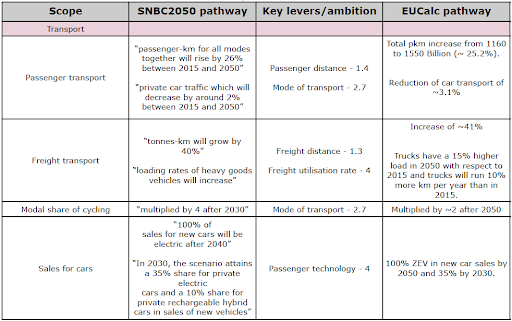
Table 1: Key assumptions on activities and technology deployment for the transport sector contained in the French National Low-Carbon Strategy (SNBC 2050) and their reproduction by the EUCalculator model.
Why is downscalling important? Because the practical challenges of implementing mitigation actions and technology deployment truly materializes at spatial levels much lower than those considered in energy models defining national pathways. A case in point is the transformation needed in the building sector. To be aligned with the evaluated national pathway (see ARIADNE 2045), by 2050 circa 80% of the current standing building stock in Germany needs to undergo on substantial energy renovations – see Figure 1 derived from results in Costa (2022).
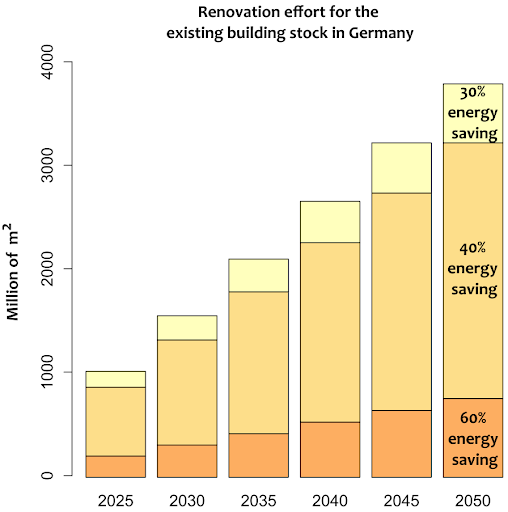
Figure 1: Energy-renovation efforts for the existing building stock of Germany aligned with the ARIADNE 2045 transformational pathway and calculated by the EUCalculator model.
While this trajectory is indicative of national effort, local efforts for building renovation across Germany will be heterogenous and shaped by local aspects influencing cost-effectivnes of renovation such as building age, building type or usage (Staniaszek et al. 2015).
A more spatially-dissagregated view on the renovation effort will enable municipalities to have a frist-order approximation of the local effort in building renovation with the guarantee that it is aligned with the national pathway. Keep tuned as details on the downscalling methodology will follow soon.
(1) In the EUCalculator model these refer to the choices of ambition levels from 1 to 4 equating to past trends to transformational change, more details on model and ambition description please refer to Costa et al, 2021.
References





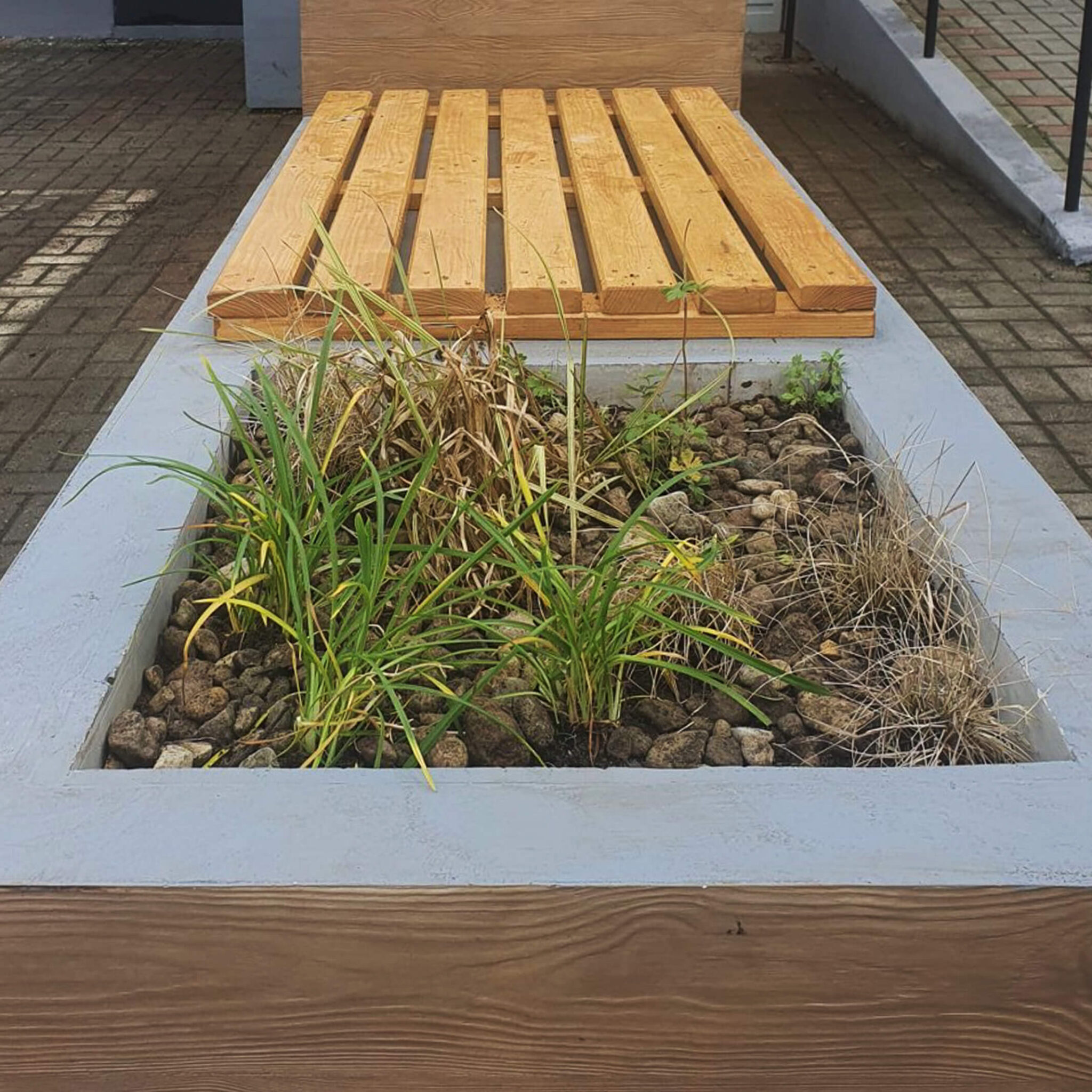








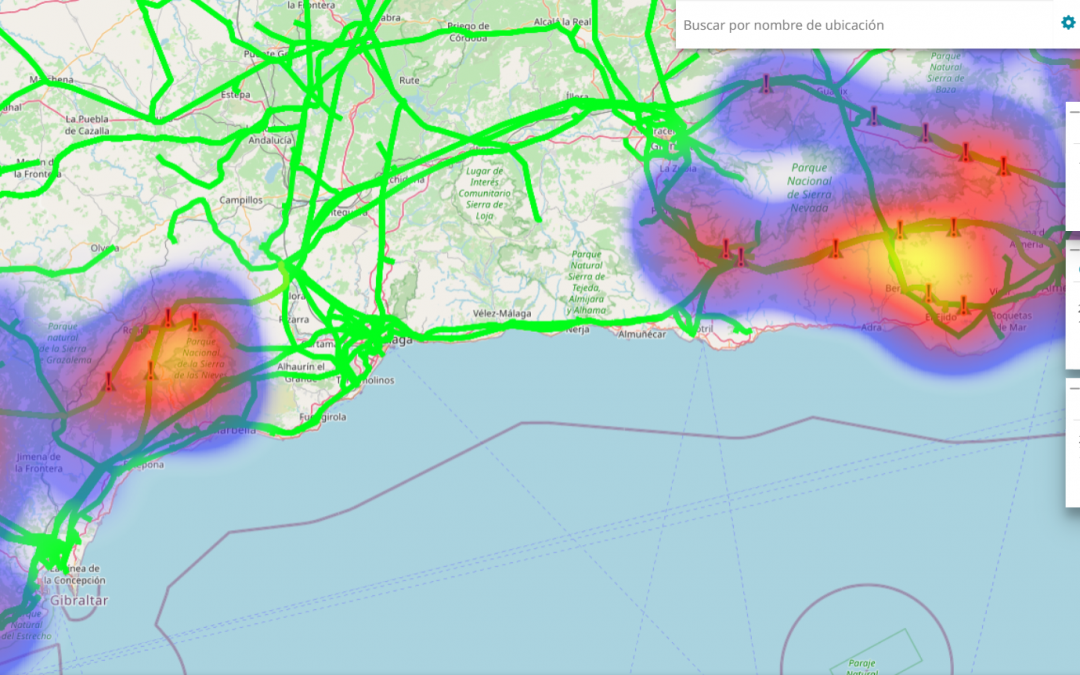
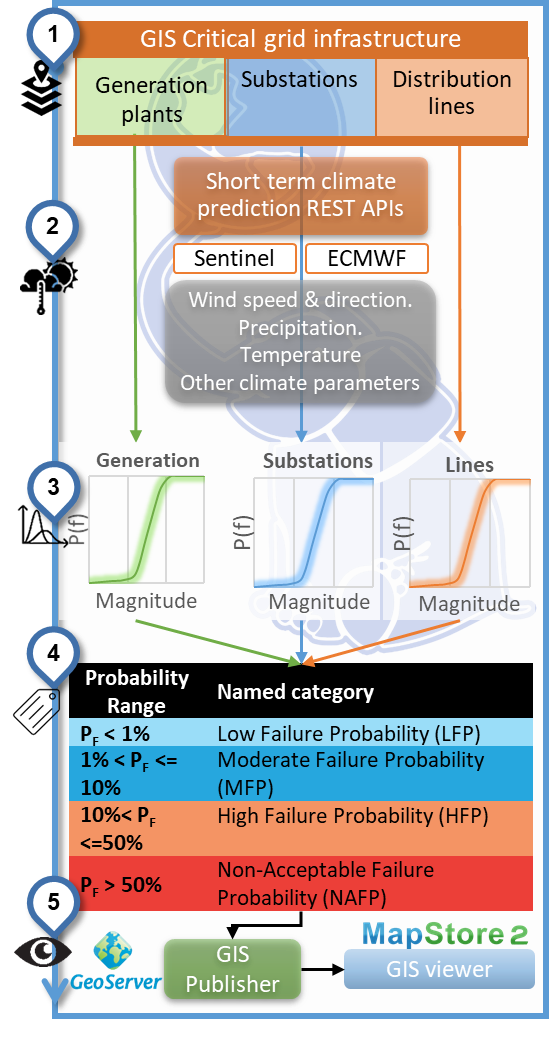

Recent Comments